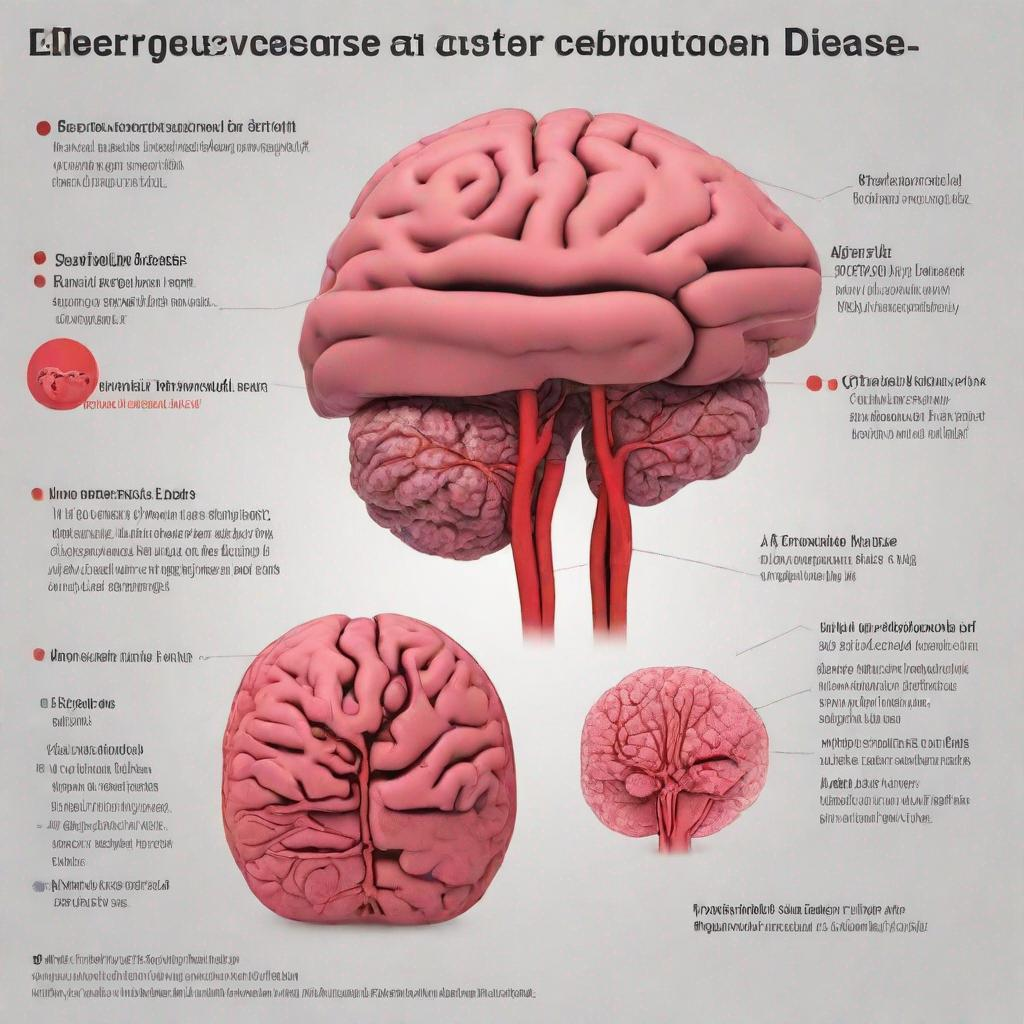## Pulmonary Pletysmography: A Comprehensive Guide to Lung Function Testing
### Introduction
Pulmonary pletysmography is a specialized medical test used to measure lung volume and airflow. It provides valuable information about the respiratory system’s functioning and helps diagnose a wide range of respiratory conditions.
### Procedure
Pulmonary pletysmography involves sitting inside a sealed body box called a plethysmograph. The box is equipped with:
* A mouthpiece to connect the patient’s mouth to the box
* A valve to seal the box
* A pressure sensor to measure pressure changes
The patient breathes into the mouthpiece, and the plethysmograph measures the changes in pressure within the box. This information is used to calculate different lung function parameters.
### Diagnosis
Pulmonary pletysmography can help diagnose various conditions, including:
* **Asthma:** It can detect hyperresponsiveness of the airways.
* **COPD:** It measures airflow limitation and air trapping.
* **Pulmonary fibrosis:** It shows decreased lung volumes and reduced compliance.
* **Emphysema:** It detects air trapping and increased residual volume.
* **Bronchitis:** It indicates increased airway resistance and decreased lung volume.
### Importance
Pulmonary pletysmography is an important test because it provides:
* **Accurate lung volume measurements:** Total lung capacity (TLC), functional residual capacity (FRC), and residual volume (RV).
* **Evaluation of airway resistance:** Specific airway resistance.
* **Assessment of lung compliance:** Dynamic lung compliance.
* **Early detection of respiratory conditions:** Detecting abnormalities before symptoms become severe.
### Alternatives
Alternatives to pulmonary pletysmography include:
* **Spirometry:** Measures forced vital capacity (FVC) and forced expiratory volume (FEV1).
* **Chest X-ray:** Provides images of the lungs and chest cavity.
* **Airway hyperreactivity test:** Assesses the airways’ response to inhaled triggers.
### Preparation
Before the test, patients should:
* Avoid smoking for at least 12 hours.
* Remove tight clothing and jewelry.
* Inform the doctor about any medications or supplements they are taking.
### Duration
The test usually takes about 30-60 minutes. Results are typically available within a few days.
### Recommendations
In addition to pulmonary pletysmography, other tests that may be recommended include:
* **Exercise stress test:** Evaluates lung function during exercise.
* **Bronchospasm challenge test:** Tests the airway’s response to specific triggers.
* **Methacholine challenge test:** Assesses the severity of asthma.




